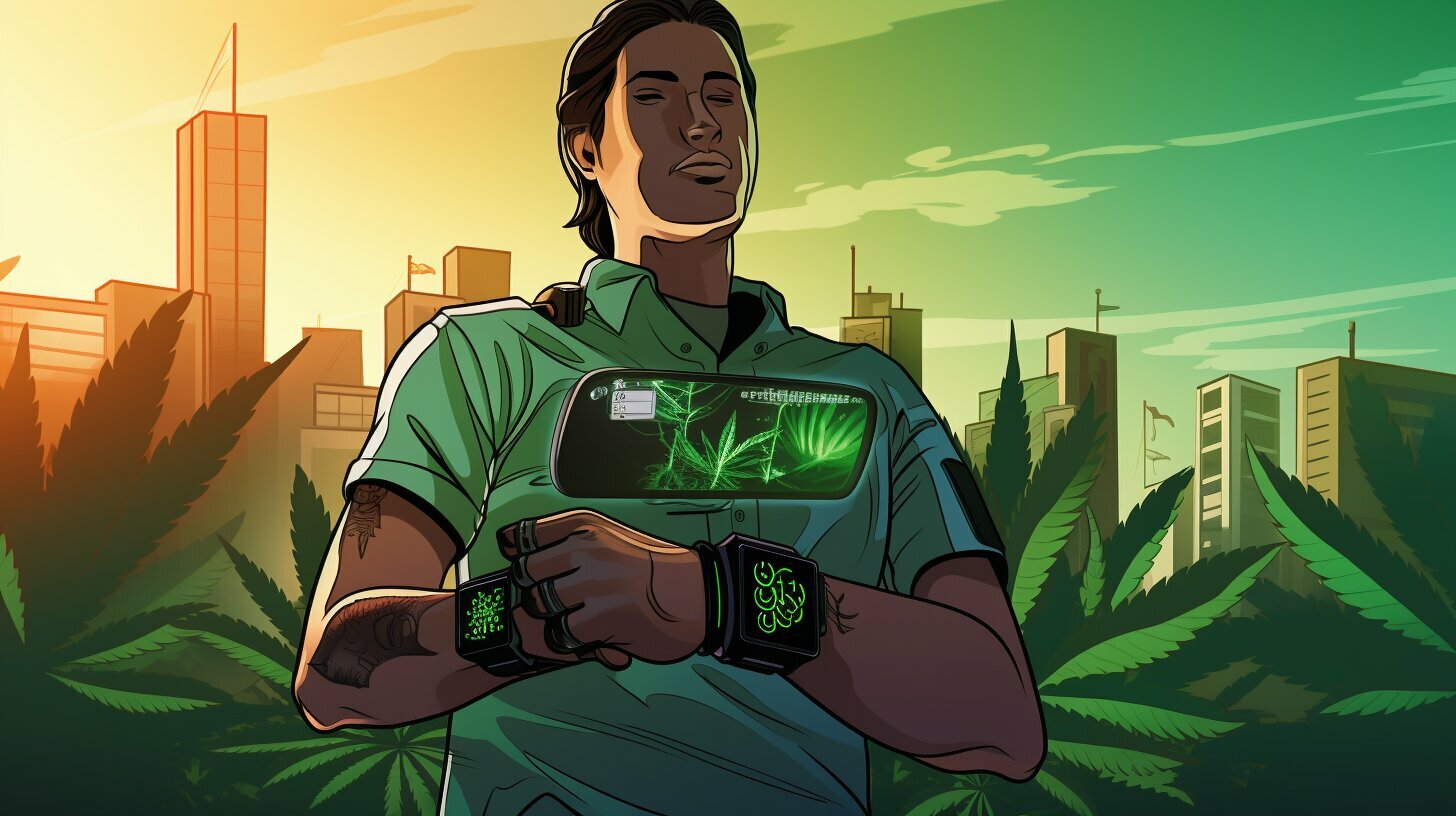It began as an obscure term amongst a group of high school friends in California. Now, the 420 phenomenon has grown into a global cultural event. Over the years, film and television have played a significant role in shaping public perception of cannabis culture and 420. Exploring this portrayal in movies and TV shows helps us understand how media influences views on cannabis use.
We’ll examine this cultural impact through the lens of three areas. We’ll review its emergence in mainstream media, its normalization, and the varying portrayals of cannabis culture.
Emergence in Mainstream Media
The rise of 420 can be traced back to the late 20th century. Films and television shows began to reflect the increasing acceptance of cannabis use in society. Classic movies like “Dazed and Confused” (1993) and “Half Baked” (1998) showcased the relaxed and fun-loving side of cannabis culture. These films helped introduce the concept to wider audiences, providing a platform for enthusiasts to see their lifestyle on screen.
Television shows also played a pivotal role in bringing 420 to the forefront of popular culture. In the early 2000s, “That ’70s Show” frequently referenced cannabis use in its comedic narrative. This further normalized the holiday for mainstream audiences. Similarly, the long-running animated series “South Park” satirized 420 in several episodes.
Normalization of Cannabis Use
As the portrayal of 420 celebrations increased in film and television, it helped to normalize cannabis use in society. Many movies and TV shows depicted characters indulging in cannabis as a social activity, making it less taboo. For example, the popular comedy “Pineapple Express” (2008) follows the story of two stoners who become inadvertently entangled in a drug-related conspiracy. “Weeds” (2005-2012), a show centered around a suburban mom turned cannabis dealer, explores the complexities of cannabis culture in a relatable and humorous manner.
By presenting cannabis use as a normal part of life, film and television have shifted societal attitudes towards cannabis consumption. As a result, 420 has expanded beyond the realm of counterculture, with a variety of people participating in the event.
Varying Portrayals of Cannabis Culture
While many movies and shows have normalized cannabis use, it is important to recognize that not all depictions are equal. Some media portrayals perpetuate negative stereotypes, such as cannabis users being lazy, unambitious, and disorganized. Others present a more nuanced view of the diverse individuals who participate in the culture.
For example, the critically acclaimed “Breaking Bad” (2008-2013) presents a darker side of cannabis culture, with characters facing dire consequences. On the other hand, the documentary “The Union: The Business Behind Getting High” (2007) presents a more balanced perspective on cannabis use and the industry surrounding it, exploring the many layers of the cannabis culture and the various motivations behind its consumption.
Similarly, the film “The Big Lebowski” (1998) features a protagonist who is a regular cannabis user but is also intelligent and resourceful, challenging the stereotype of the lazy stoner. In recent years, the television series “Broad City” (2014-2019) has also portrayed cannabis use in a positive light, with the main characters frequently consuming cannabis while maintaining successful careers and engaging social lives.
Screen Time
The portrayal of 420 in film and television has played a significant role in shaping public perception of cannabis culture, both positively and negatively. By exploring the diverse ways in which 420 celebrations and cannabis use have been depicted in popular media, we can see how these portrayals have influenced societal attitudes towards the holiday and cannabis use in general.
The emergence of 420 in mainstream media has allowed for greater exposure to and acceptance of cannabis culture. As a result, the celebration of 420 has expanded to encompass a broader demographic, transcending its countercultural roots. However, it is crucial to consider the varying portrayals of cannabis culture and the potential implications of these depictions. By recognizing the complexity and diversity of cannabis culture, we can foster a more balanced and informed understanding of 420 and its significance in today’s society.




